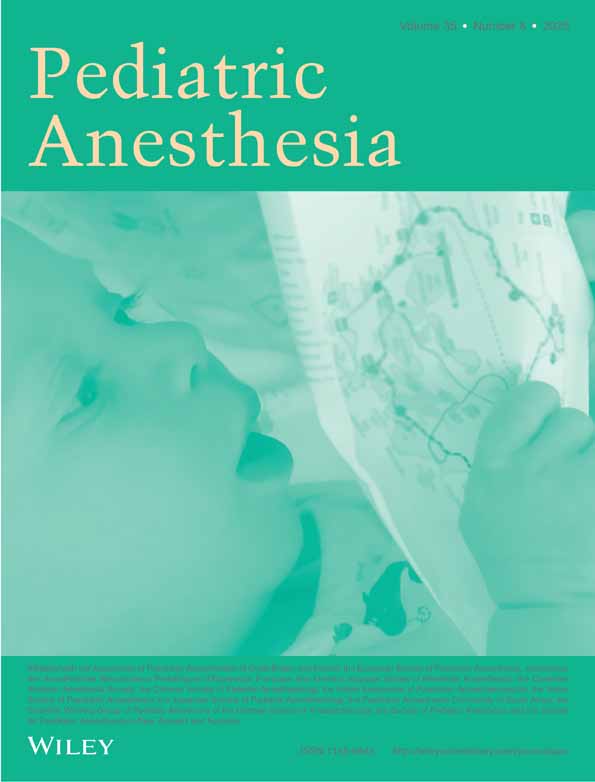Tissue oxygenation monitoring during major pediatric surgery using transcutaneous liver near infrared spectroscopy
Abstract
Background : The aim of the study was to compare liver tissue oxygenation determined by near infrared spectroscopy (NIRS) with central venous oxygen saturation (SvO2) and intestinal perfusion as measured by gastric intramucosal pH (pHi) in pediatric surgical patients.
Methods : Twenty children undergoing craniofacial surgery with expected major intraoperative blood loss were studied. NIRS tissue oxygenation index (TOILiver) and pHi values were recorded. Arterial blood gas analysis and SvO2 were assessed from periodically taken blood samples. Data are presented as ranges (median) and were compared using linear regression analysis. Sensitivity and specificity of the intra-individual changes in TOILiver to predict falling SvO2 or pHi values were calculated.
Results : Patients age ranged from 0.79 to 8.27 years (1.92 years). TOILiver ranged from 41.5 to 77.4% (61.5%), gastric pHi from 7.13 to 7.60 (7.37) and SvO2 from 51 to 86% (74%). Among patients only moderate correlation was found between TOILiver and SvO2 (r = 0.594, P < 0.0001) and gastric pHi (r = 0.502, P < 0.0001). Intra-individual measured TOILiver values, however, demonstrated close correlation with SvO2 values (r = 0.680 to 0.976) but a varying correlation with gastric pHi values (r = 0.055 to 0.972). Sensitivity/specificity of TOILiver to predict decreasing SvO2 or gastric pHi values were 76.4/73.4% and 67.4/62.7% respectively.
Conclusions : TOILiver provided a better trend monitor of central venous oxygen saturation than gastric intramucosal pH. Because of its limited sensitivity and specificity to indicate deterioration of SvO2, liver tissue oxygenation measured by transcutaneous NIRS does not provide additional practical information for clinical management.




